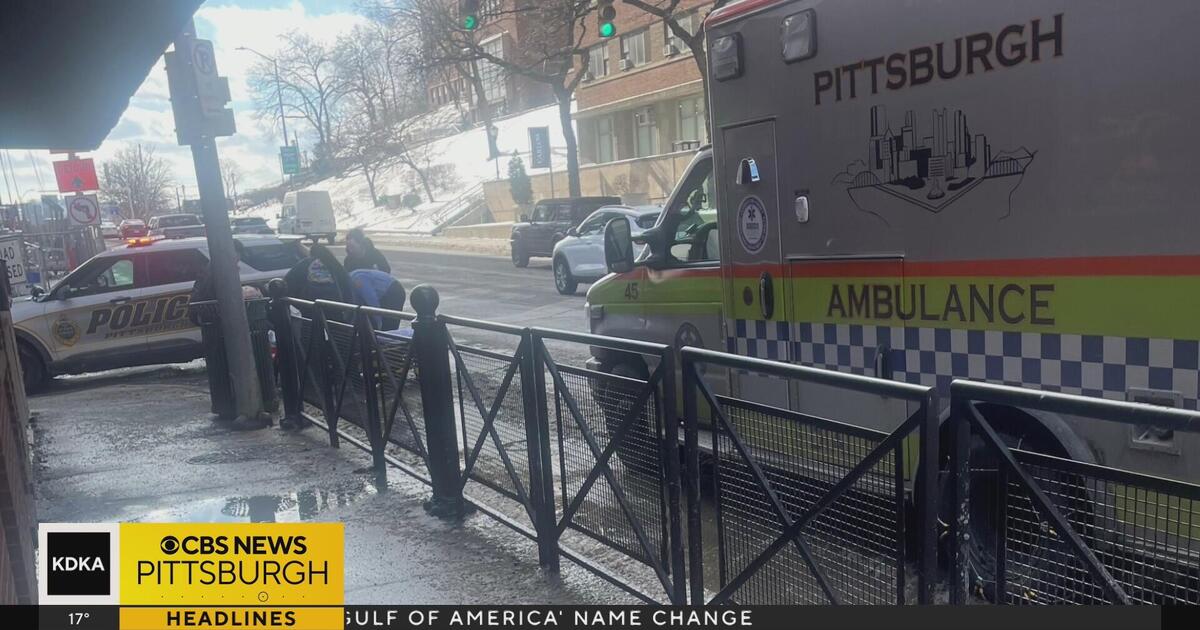Local Business District in Uproar: Dangerous Pothole Becomes Breaking Point for Frustrated Entrepreneurs

A dangerous road hazard sent an elderly Oakland resident to the hospital Monday evening after she unexpectedly fell victim to a treacherous pothole. Local business owner John Martinez, who runs a nearby pizza shop, expressed little surprise at the incident, highlighting the ongoing infrastructure challenges in the area.
The incident serves as a stark reminder of the potential dangers lurking on city streets, where unrepaired road damage can pose serious risks to pedestrians, especially vulnerable populations like seniors. Martinez noted that such potholes have been a persistent problem, potentially threatening the safety of residents and visitors alike.
While details about the woman's condition remain limited, the accident underscores the urgent need for municipal attention to road maintenance and public safety. City officials may need to reassess their street repair strategies to prevent similar incidents in the future.

